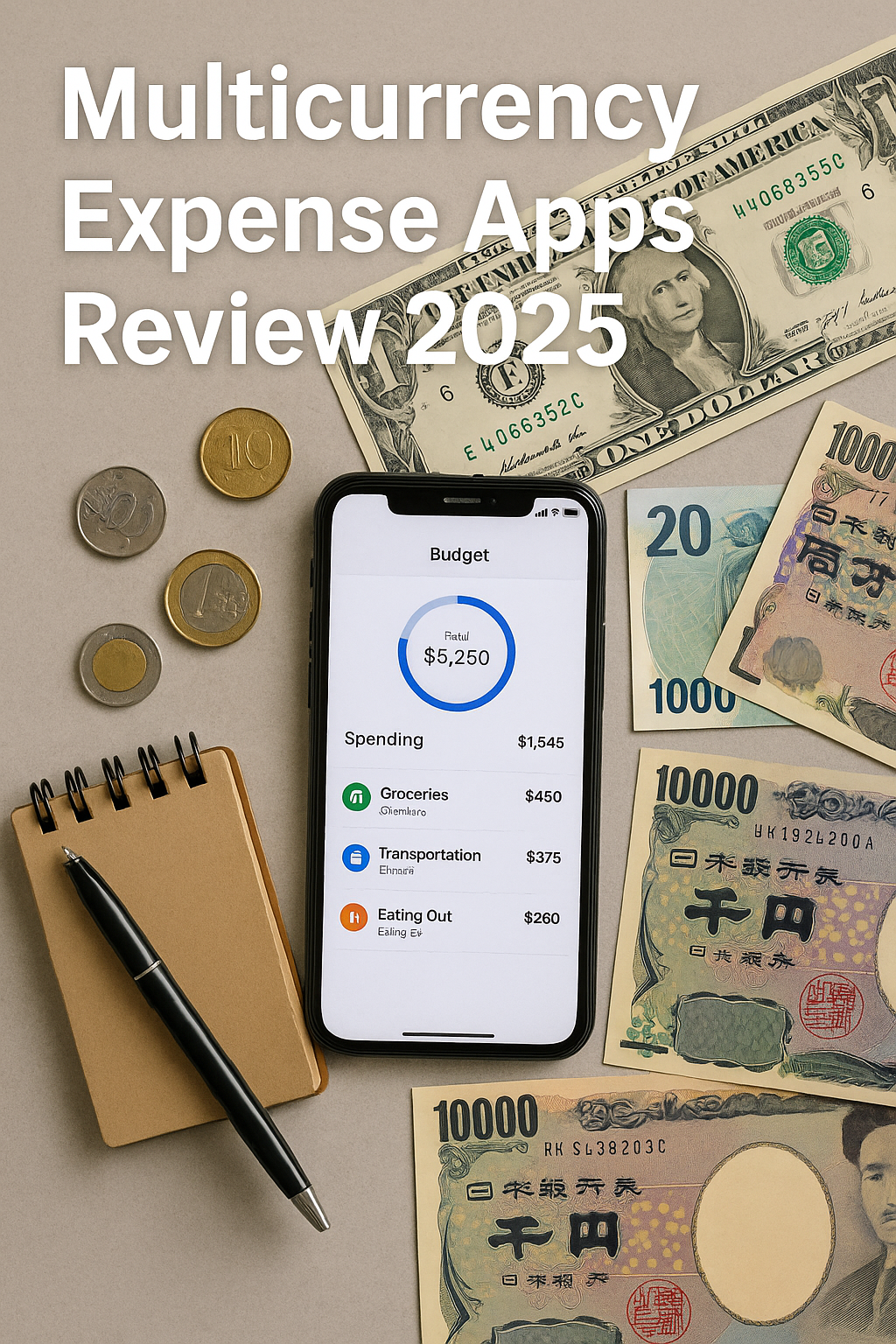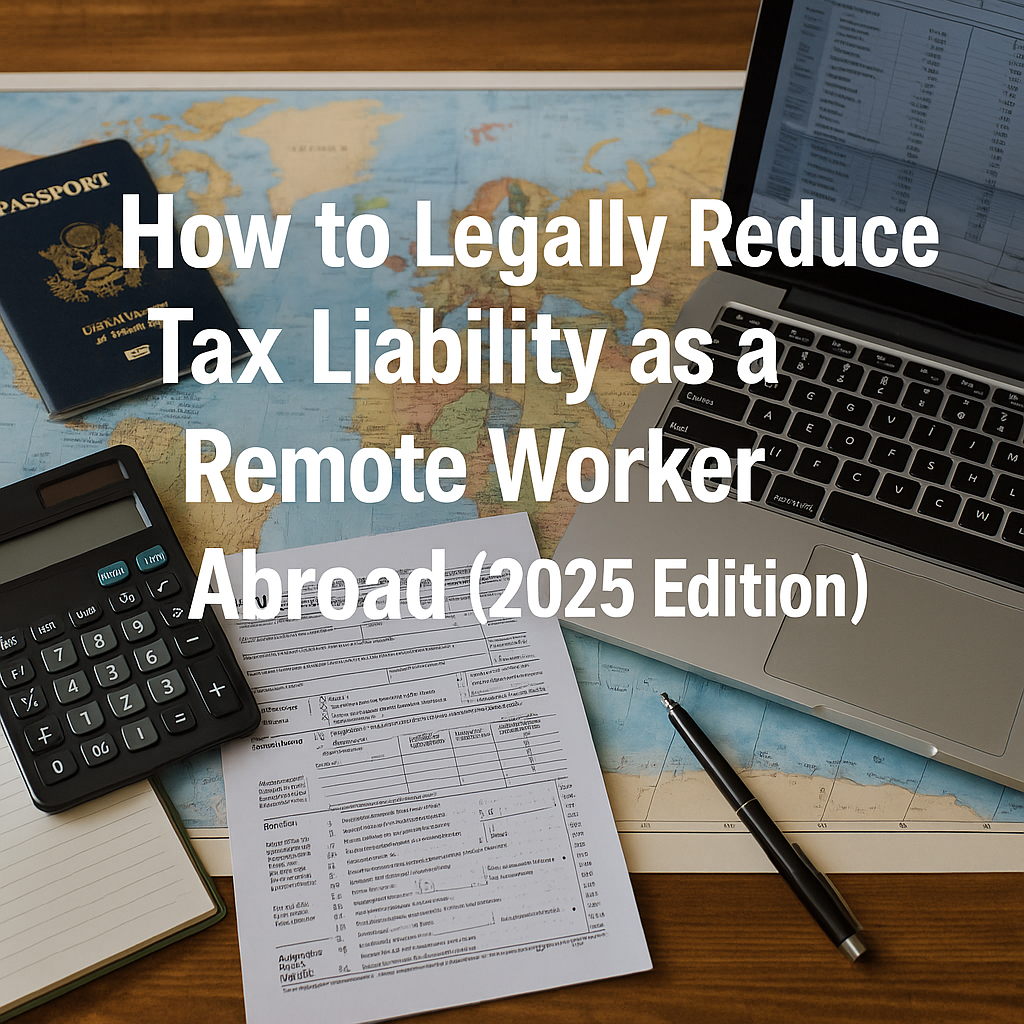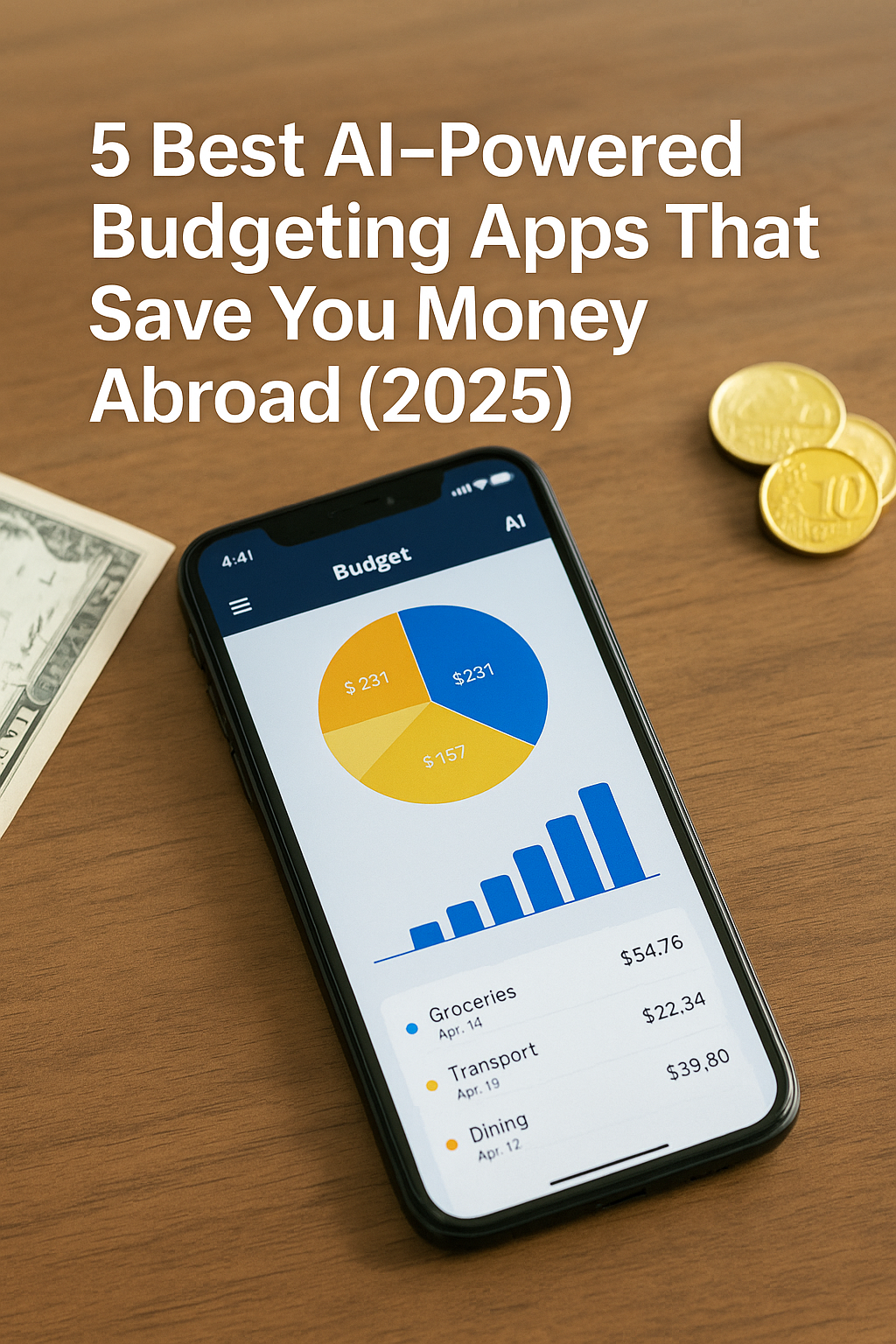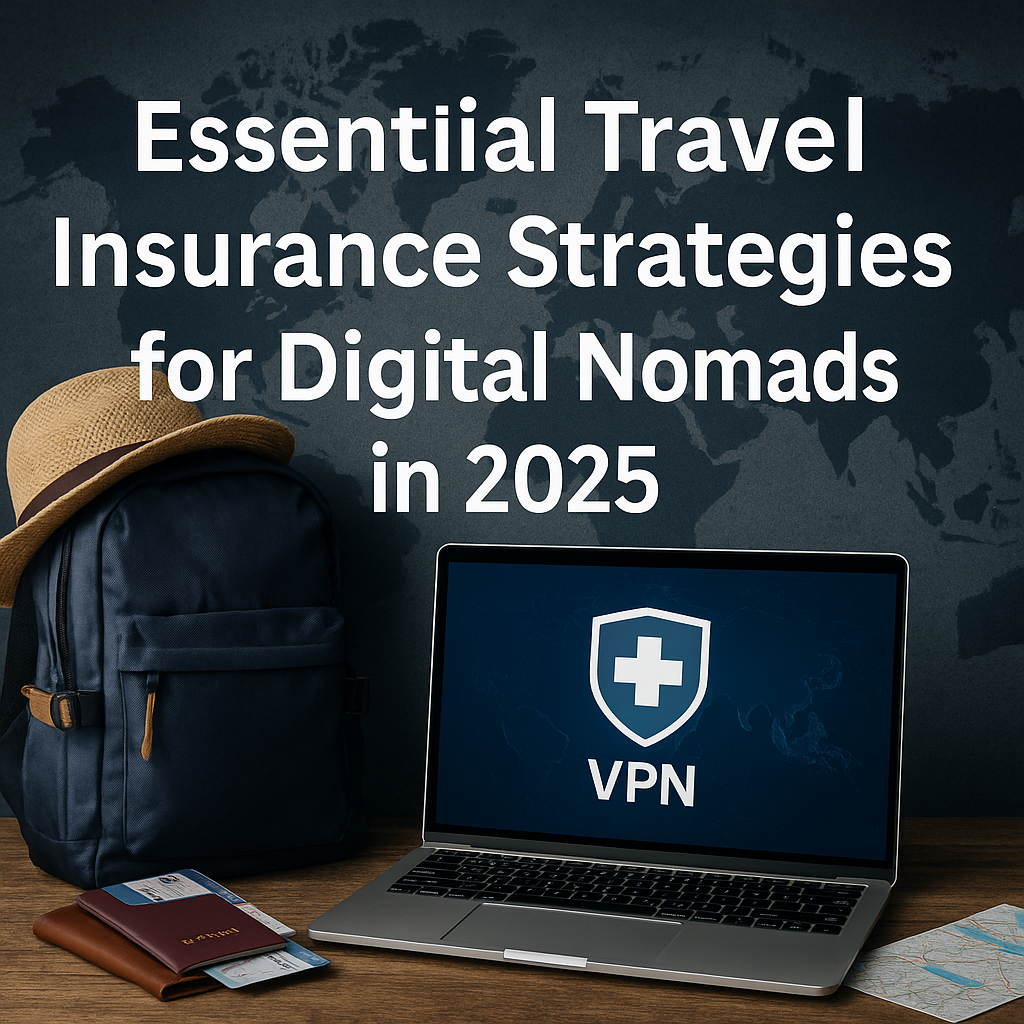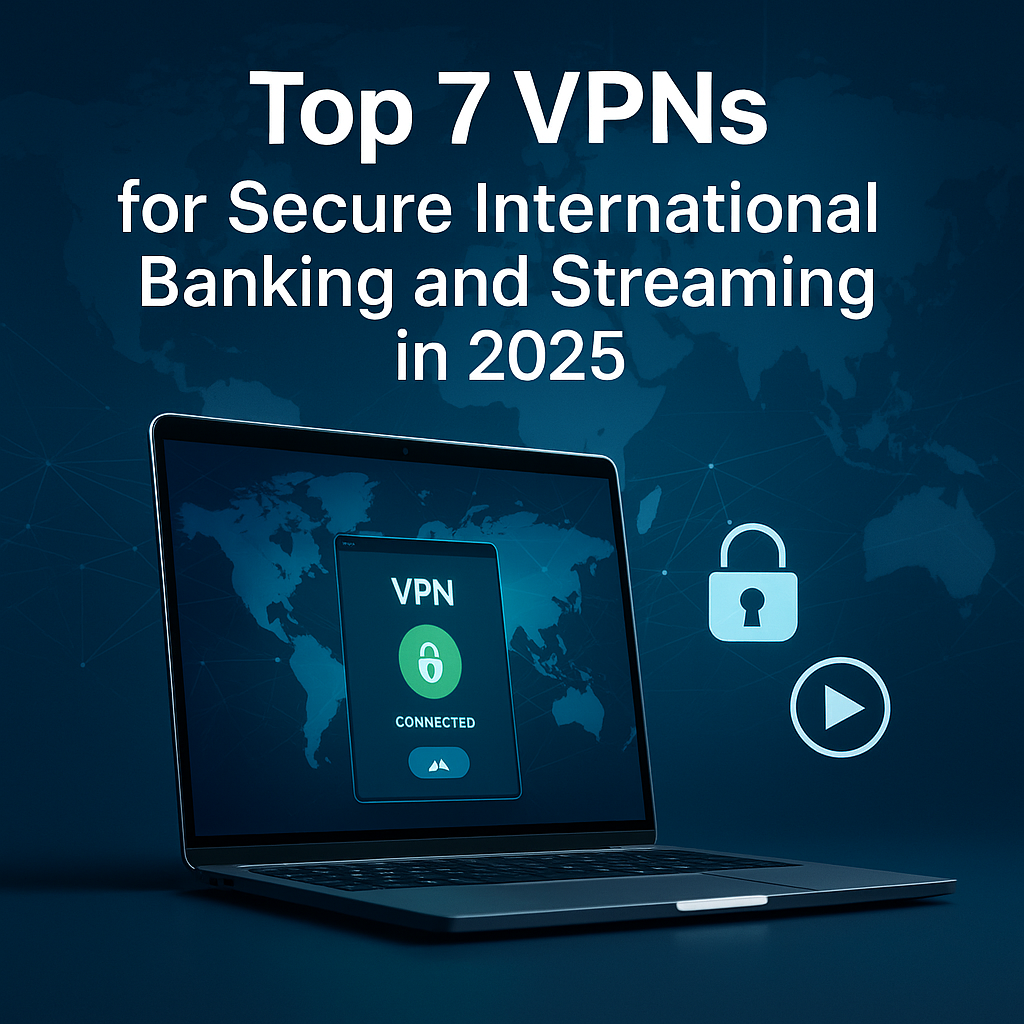TL;DR Quick-Start Box
| Step | Platform(s) | Typical Monthly Yield | Up-Front Work |
|---|---|---|---|
| Batch-upload 50 loop-ready tracks (2–3 versions each) | Pond5, Motion Array | $300–$500 | Two weekends of editing & metadata |
| Curate 100 themed photo sets (10 files per set) | Adobe Stock, Shutterstock | $150–$250 | Three focused evenings of culling & tagging |
| License your 10 strongest tracks for buy-out deals | Epidemic Sound Marketplace | $1,000 one-off per bundle | One afternoon of negotiation & paperwork |
| Maintain a fortnightly “new work” drip (5 files) | All of the above | Keeps search-rank velocity ↑ | <2 hours every two weeks |
Combined, the portfolio targets $1,000+/mo after 90 days, then compounds because older assets continue to sell.
1 ▸ Why Stock Media Is Still a Money Machine in 2025
- Creator Economy Boom: TikTok and YouTube demand royalty-cleared background media; agencies project the global stock-audio market to reach $2 billion by year-end 2025—up 12 % YoY.
- AI Video Generators: Tools like Runway Gen-3 stitch in “safe” soundtracks automatically. They crawl the same libraries you’ll be listing on, widening the buyer funnel without extra marketing.
- Falling Entry Costs: A USB condenser mic ($89) and mid-range mirrorless camera ($600 used) now exceed most platform quality requirements. Post-production AI upscalers erase minor gear gaps.
Bottom line: Supply grows, but demand is outpacing it—especially for loop-friendly music and authentic, non-stocky lifestyle photos.
2 ▸ Micro-Niche Research: Where the Money Actually Flows
Music
- Relaxing Lo-Fi Loops (45–60 s, no spoken samples) → Used in livestream “study” scenes.
- Upbeat Corporate Beds (2 min, guitar + glockenspiel) → Explainer videos.
- Latin Percussion Stingers (15 s) → Travel vlogs and shorts needing region flair.
Images
- Overhead Tech-Workspace Flat Lays – 16:9 negative-space friendly; perfect for thumbnails.
- Authentic Multigenerational Families – Under-supplied because commercial release paperwork scares off hobbyists.
- Macro Food Close-Ups – Isolated subjects on dark backgrounds for menu apps.
How to validate:
- Search term volume in Adobe Stock Contributor Portal → note “Buyer Searches” chart.
- Cross-check with Pond5 Top Sellers filter (last 30 days) for audio.
- Google Trends can mislead; always rely on platform-internal stats.
3 ▸ $300 Gear Checklist (Starter Tier)
| Category | Minimum Spec | Budget |
|---|---|---|
| Audio Capture | USB condenser mic (16-bit/48 kHz), desk arm, pop filter | $89 |
| Image Capture | Smartphone ≥12 MP plus LED panel soft-box | $120 |
| Monitoring | Closed-back headphones, flat response | $40 |
| Software | Reaper (music, $60 discounted) + Darktable (photo, free) + Krisp AI noise filter (free tier) | $60 |
| Total | $309 |
Upgrade path: second-hand Sony A6400 body ($550) and Sigma 30 mm f/1.4 ($250) once revenue tops $300/mo.
4 ▸ Keyword & Metadata Hacking
Platforms rank by relevance score × freshness × sales velocity. Initial sales velocity is the only item you fully control.
- Primary Keyword in title first 48 characters (e.g., “Lofi Loop – 1 Minute Study Background”).
- Synonym Cloud in tags: “lo-fi, chillhop, study, loopable, 60 seconds, BPM85.”
- Commercial Intent Phrases in description: “Royalty-free,” “no PRO affiliation,” “safe for monetised YouTube.”
- Locale Tags for images: “Seoul street food, Myeongdong night market.” Geo-keywords boost discoverability in travel-industry searches.
5 ▸ Platform Deep-Dive (2025 Edition)
| Platform | Cut to Creator | Review Time | Best-Selling Assets |
|---|---|---|---|
| Adobe Stock | 33 % | 3–5 days | Lifestyle photography, flat lays |
| Shutterstock | $0.25–$0.38 per image download (tiered) | 2–3 days | Vector icons, isolated objects |
| Pond5 | You set price; 50 % cut | 1 day | Cinematic ambient loops |
| Motion Array | Revenue-share pool | 24 h | Short risers, transitions |
| Epidemic Sound Marketplace | $250–$2,000 buy-out | 5–10 days + negotiation | High-quality full mixes <3 min |
Strategy: Post non-exclusive to Adobe + Pond5 for long-tail royalties; reserve your ten best tracks for an exclusive buy-out bundle (one-time cash injection).
6 ▸ Pricing Psychology & File Variations
- Music:
- Main mix (2–3 min), 60 s edit, 30 s edit, 15 s edit, 5 s stinger.
- Pond5 list main at $49 (industry middle), shorter edits at $29.
- Enable “Web-only license” for $19 to capture low-budget YouTubers.
- Images:
- Submit RAW + 3 crops (16:9, 1:1, 4:5).
- Tag crops with “copy space” for designers.
- Use tiered pricing: $9 small (web), $29 medium, $49 large.
Anchor effect: Buyers feel $49 is reasonable after seeing enterprise choices at $299.
7 ▸ Release Forms & Legal Hygiene
- Model Releases: Required if any person is recognisable (face, tattoos, even distinctive hands). Use Easy Release app—digitally signed PDF accepted by all majors.
- Property Releases: Private interiors, art murals, brand logos. Shoot at f/1.8 to blur trademarks or clone-stamp them out.
- Music PRO Affiliation: Keep tracks non-PRO to maximise acceptance. If you are already a PRO member (KOMCA, ASCAP), mark the cue sheet field accurately; some buyers need clearance.
8 ▸ AI Upscaling & Noise-Reduction Workflow
- Photo: Darktable basic color corrections → Topaz Photo AI 2× upres → export JPEG max-quality.
- Music: Reaper mixdown -5 LUFS headroom → iZotope RX AI de-noise → final render -14 LUFS integrated.
- Loudness Conformity: YouTube normalises to -14 LUFS; meeting spec avoids surprise clipping or rejection.
9 ▸ Income-Tracking Spreadsheet
Columns: Date | Platform | Asset ID | Licenses Sold | Gross | Net | Cumulative.
Pivot by platform monthly; reinvest first $300 into gear or paid promo. Free template Google Sheet link in CTA.
10 ▸ 30-Day Launch Roadmap
| Week | Deliverable | KPI (Cumulative) |
|---|---|---|
| 1 | Create 10 photos/day + 2 music loops; draft metadata | 70 photos, 14 tracks |
| 2 | Register on 4 platforms; upload first batch | 4 portfolios live |
| 3 | Push second batch; share 3 “behind-the-scenes” reels on IG & TikTok | 50 followers; first 3 sales |
| 4 | Submit buy-out bundle to Epidemic; fine-tune keywords via analytics | ≥$50 earnings; buyer inquiry |
Momentum rule: Every new upload resets the “freshness” boost; schedule posts via platform back-office where possible.
Conclusion
Stock libraries reward consistency and niche relevance more than Hollywood-level production. With a repeatable recipe—select micro-niches, batch-produce, metadata-optimize, and drip-feed—you can build a $12,000-per-year digital royalty annuity from a <$1,000 gear stack. Reinvest early profits into better lenses or sound libraries, and your portfolio compounds—just like dividend stocks. Follow the 30-day roadmap, and you will own a cash-flow asset that works even on the days you don’t, accelerating your march toward the Super Dollar Rich target.


